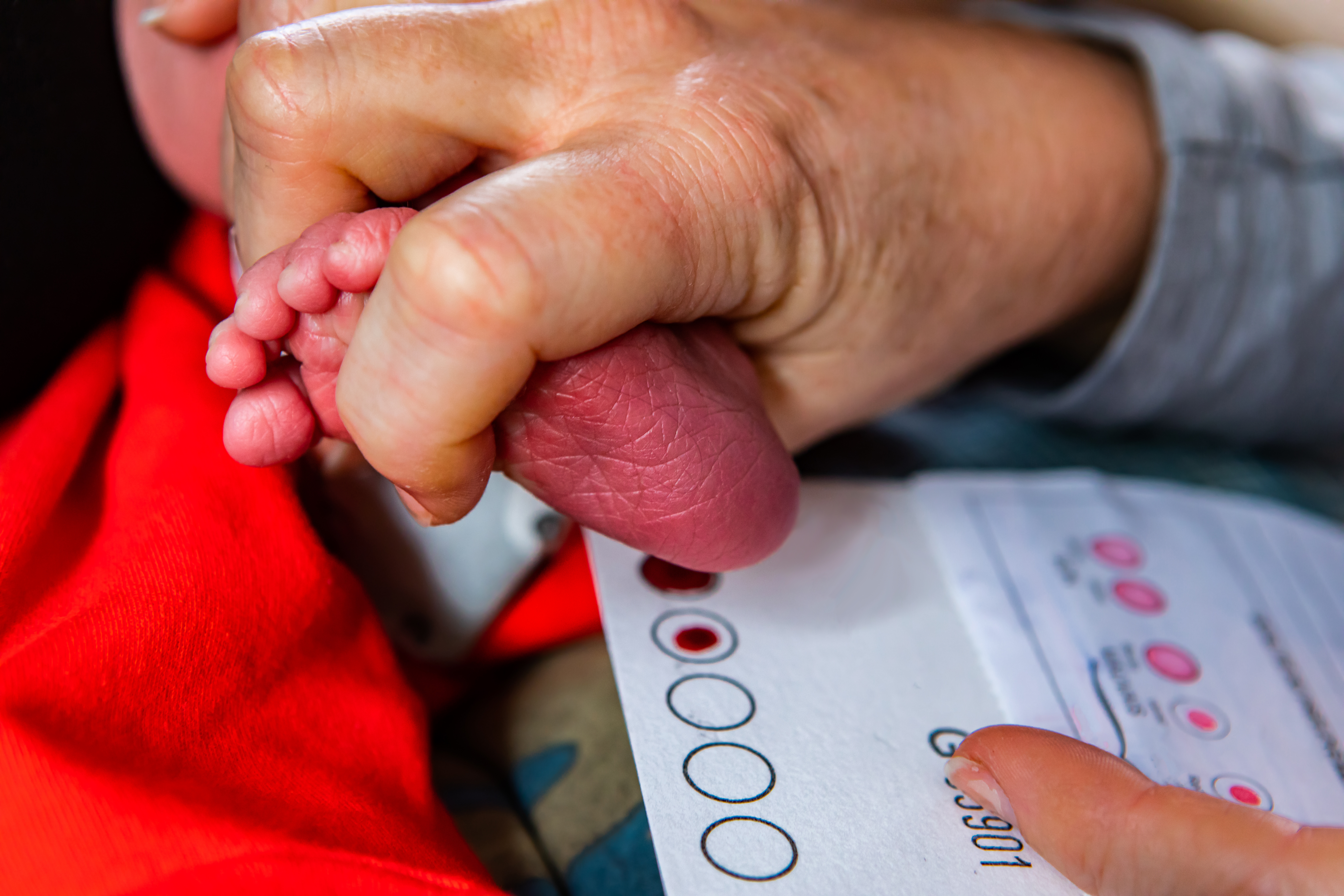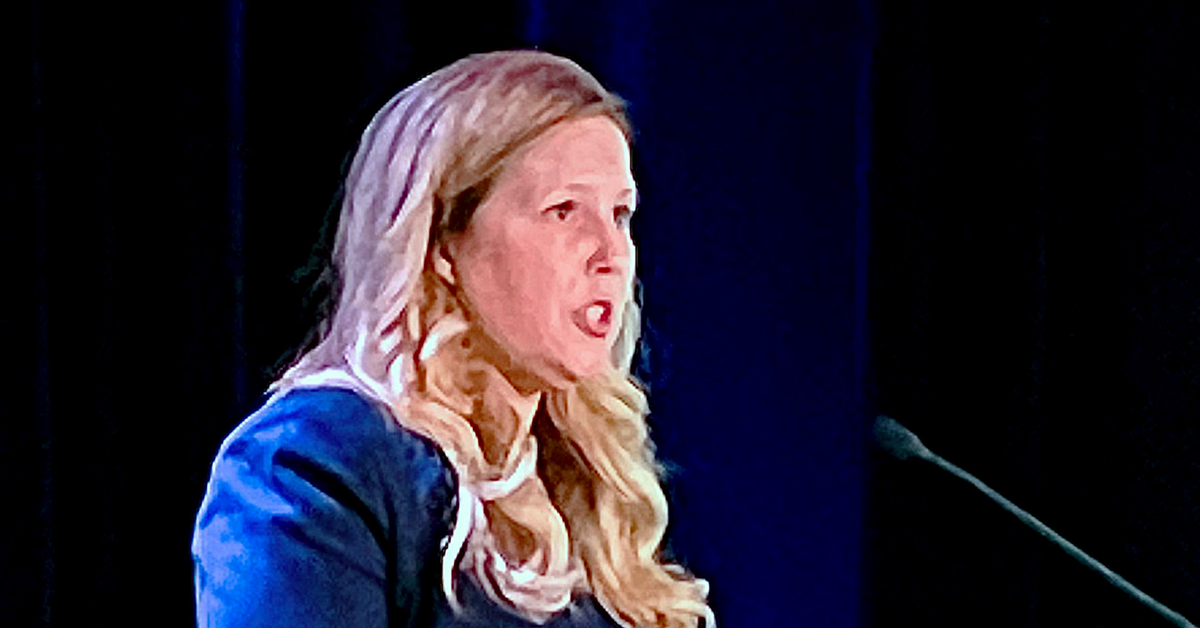Policy and
Public Affairs
What we do
Ultragenyx’s Policy, Government and Public Affairs team exists to foster a thriving environment for rare and ultrarare disease drug development and commercialization to support Ultragenyx’s mission of transforming the lives of people with rare disease. Our policy efforts are focused on advancing the entire field and doing the right thing for patients so that as many new therapies as possible can be delivered for diseases that were previously untreatable.
To that end, we focus on the following priorities as our guiding principles:
- Promote the voice and perspective of rare disease families and individuals in public policy
- Advance efforts to shorten the timeline from diagnosis to access of approved therapies
- Adapt existing regulatory and commercial frameworks to support cutting-edge science
- Ensure majority access to our therapies
- Persuade policymakers to treat rare diseases as a priority in countries worldwide
Policy Priorities
In the U.S., we are focused on specific initiatives to improve:
- Diagnosis of rare diseases (newborn screening and genetic testing)
- Regulatory policy to support rare and ultrarare disease drug development (rare pediatric disease priority review voucher and ensuring the successful development of specific treatments for ultrarare diseases)
- Patient access to approved therapies (gene therapy reimbursement, copay accumulators and maximizers, access across state lines, and prescription drug affordability boards)
Diagnosis of Rare Diseases
In the U.S., over 10,000 rare diseases affect 25-30 million Americans, which is more than twice the number of people living with cancer. Rare diseases affect 1 in every 10 people, half of whom are children. Rare diseases are responsible for 35% of deaths in the first year of life and 30% of children with a rare disease will not live to see their 5th birthday. Less than 10% of rare diseases have an FDA-approved treatment.[1], [2], [3]
Timely diagnosis is important when there are available treatments that can potentially alter the course of disease or save a person’s life. Even in cases where there aren’t any available treatments, timely diagnosis can prove valuable to eliminate the unknown for patients and provide patients and their physicians with full information to make appropriate healthcare decisions.
Newborn Screening

Newborn babies are tested for rare diseases by taking a few drops of blood from the heel and having the sample sent to a lab for analysis.
Newborn Screening
Newborn Screening (NBS) programs are state-run public health programs that identify newborns with certain genetic, metabolic, hormonal or functional disorders. With early detection, affected infants can receive prompt treatment that can help prevent permanent disability, developmental delay and death. Approximately 4 million newborns are screened each year and approximately 12,500 of those babies ─ or 1 in 300 ─ have a condition detected through NBS. The federal government has a limited role in state NBS programs as it provides some funding for state programs and produces the Recommended Uniform Screening Panel (RUSP) — a list of the conditions that should be included on state screening panels-via the Advisory Committee on Heritable Disorders and Genetic Diseases in Newborns and Children (ACHDNC). Currently, there are 37 core conditions and 26 secondary conditions recommended for state screening panels.
We advocate for NBS to keep pace with innovation and legislation that encourages states to add conditions to their screening panels more quickly.
Learn MoreGenetic Testing

Genetic Testing
Although NBS is one of the most successful public health programs of all time, NBS alone is insufficient to keep pace with science. NBS should be supplemented with genetic testing where medically appropriate.
There are approximately 10,000 known rare diseases. The RUSP, which recommends specific conditions each of the 50 states should screen for in newborns at birth only includes 63 conditions. With recent scientific advancements, many diseases capable of being diagnosed are not addressed under NBS. Prompt diagnosis of a disease enables individuals and families to make informed decisions about their health and provides the possibility that they can access relevant therapies. Genetic testing, which includes single gene tests, gene panels, whole exome sequencing and whole genome sequencing, is an important tool to diagnose rare diseases to shorten the diagnostic odyssey for those living with rare diseases. Unfortunately, many payors do not consistently cover this testing, creating inequities and leaving diseases undiagnosed.
Prompt diagnosis of a disease enables individuals and families to make informed decisions about their health and provides the possibility that they can access relevant therapies. Genetic testing, which includes single gene tests, gene panels, whole exome sequencing and whole genome sequencing, is an important tool to diagnose rare diseases to shorten the diagnostic odyssey for those living with rare diseases. Unfortunately, many payors do not consistently cover this testing, creating inequities and leaving diseases undiagnosed.
We are supporting efforts on the federal and state levels to ensure genetic testing is widely covered by insurance. On the federal level, we are seeking reintroduction of the Precision Medicine Answers for Kids Today Act. On the state level, we are supporting legislation in states that will provide Medicaid coverage of whole genome sequencing (MA H 1197 is an example) as well as insurance coverage of biomarker testing (MA S 689 is an example). The landscape for coverage of whole genome sequencing and other forms of genetic testing and related services continues to expand.
Regulatory Policy to Support Rare and Ultrarare Disease Drug Development
Rare Pediatric Disease Priority Review Voucher
Developing therapies for rare diseases is inherently difficult for myriad reasons:
- Rare diseases impact small patient populations that are geographically dispersed
- Rare diseases are complex and variable with limited natural history
- These diseases often progress slowly and clinical symptoms are often irreversible
- These factors mean clinical trials are expensive to fund, enroll and conduct
Recognizing these difficulties, Congress passed the Orphan Drug Act in 1983 to provide for various incentives (e.g., marketing exclusivity, a tax credit for conducting clinical trials and fee waivers when submitting filings to the U.S. Food and Drug Administration (FDA)) to encourage development of therapies for rare diseases.
An additional program developed to spur innovation in the development of therapies for rare pediatric diseases was created in 2012 under Section 908 of the Food and Drug Administration Safety and Innovation Act (FDASIA): the Rare Pediatric Disease Priority Review Voucher program. Manufacturers of therapies who are awarded a priority review voucher (PRV) under this program may choose to (1) use the PRV to obtain expedited FDA review (6 months instead of 10 months) of its new drug application (NDA) or biologics license application (BLA) for one of its future products or (2) sell the PRV to a third party.
The ability to obtain a PRV can provide critical capital to companies developing therapies for rare diseases, allowing them to reinvest those funds into research and development of additional rare disease therapies.
As of April 2024, current law provides that, after September 30, 2024, the FDA may only award a voucher for an approved rare pediatric disease product application if the sponsor has rare pediatric disease designation for the drug and that designation was granted by September 30, 2024. After September 30, 2026, the FDA may not award any rare pediatric disease PRVs unless the voucher program is extended.
The Creating Hope Reauthorization Act of 2024 (H.R. 7384) was introduced in February 2024 by Representatives McCaul (R-TX), Eshoo (D-CA), Bilirakis (R-FL), Barragan (D-CA), Trahan (D-MA) and Burgess (R-TX) and would extend the PRV program for another four years; the FDA would be able to grant rare pediatric disease designations through September 30, 2028 and award rare pediatric disease PRVs through September 30, 2030.
We urge Congress to pass the Creating Hope Reauthorization Act and reauthorize the Rare Pediatric Disease Priority Review Voucher program.
Ensuring the Successful Development of Specific Treatments for Ultrarare Diseases
While it is incredibly difficult to develop therapies for rare diseases, it is even more difficult to develop therapies, especially gene therapies, for diseases with extremely small patient populations. A primary reason for this is that the existing regulatory framework is not designed to handle these kinds of diseases, which puts funding, enrolling and conducting clinical trials for ultrarare diseases out of reach in many cases. In fact, dozens of gene therapy and other development programs for the rarest of diseases have been terminated in the last several years despite the science being ripe for success.
The latest genetic and other technologies have the potential to treat more rare diseases than ever. We cannot afford to let diseases go untreated when the science to provide a treatment exists.
It is time for legislation to secure a regulatory framework that enables development of safe and effective therapies for ultrarare diseases. Such legislation would:
- Define “ultrarare disease” as one that affects 2,000 people or fewer in the U.S.
- Establish a “sufficient efficacy standard” for approval that is based on Emergency Use Authorization requirements rather than the “substantial efficacy standard” that is typically required
- Qualify biomarkers as primary endpoints in pivotal clinical trials for treatments when they represent the underlying disease (“primary disease biomarkers”)
- Treat therapies approved through the use of primary disease biomarkers as full approvals, not accelerated approvals
- Accept alternative designs and analyses for ultrarare diseases when traditional randomized studies are difficult to conduct
- Offer a 50% tax credit, capped at $100 million per program
- Provide an approved therapy with 10 years of marketing exclusivity
- Waive FDA user application fees
Patient Access to Approved Therapies
We believe that we have an obligation to ensure global majority access for people living with rare disease who can benefit from our medicines. In the U.S., we work to ensure that the coverage and reimbursement landscape will result in patients getting access to the treatments they need.
Gene Therapy Reimbursement
The existing U.S. healthcare system, which is organized around lifetime treatment of chronic conditions, is not yet fully prepared to address coverage and reimbursement of new technologies like gene therapy that are intended to be administered once. Because gene therapies are intended to be administered once, they have a one-time, upfront cost rather than spreading such costs over a patient’s lifetime. Even though gene therapies might provide higher value to patients and payers in the long run and might have a comparable or even lower cost over the lifetime of a patient as compared to therapies administered chronically, the upfront cost of administering gene therapy can strain payers’ annual budgets.
We support legislation and policies that will provide payers and manufacturers with the flexibility to negotiate voluntary, innovative payment strategies as they deem appropriate.
- MVP Act (H.R. 2666) – would codify that multiple best prices can be used for drugs that have a value-based purchasing (VBP) arrangement; exclude VBP discounts from average manufacturer price reporting requirements and average sales price calculations; mandate that the Department of Health and Human Services issue guidance to state Medicaid agencies on how to enter into VBPs for inpatient drugs as well as cover Medicaid patients who need to travel to different states for treatment; add VBP discounts to the list of safe harbors under the federal anti-kickback statute; and provide for a Government Accountability Office study on the effectiveness of VBPs on patient access, health outcomes and health system costs.
- Cell and Gene Therapy Access Model – would allow states and manufacturers to voluntarily enter into outcomes-based agreements that have been negotiated by the Centers for Medicare & Medicaid Services (CMS) and manufacturers. CMS will also administer the agreements. We are still evaluating the details of this model (it is currently restricted to sickle cell therapies only, which is not a disease state we study) and may advocate for some changes to how the model is implemented, but in principle we support the concept.
Copay Accumulators and Maximizers
To honor our commitment that patients be able to access our therapies, we offer copay assistance to patients as needed. The continued proliferation of copay accumulator and maximizer programs threatens to undermine our support for patients.
We were pleased to see the judicial decision from September 2023 requiring that manufacturers’ copay assistance must be counted toward an insured’s deductible and annual limit on cost sharing where there is no generic equivalent or medically appropriate alternative.
The judicial decision does not impact all types of insurance nor does it address copay maximizers. We therefore continue to advocate on the federal and state levels to address these gaps:
- HELP Copays Act (H.R. 830 / S. 1375)
- State legislation that would require insurers to count copay assistance paid by or on behalf of an enrollee toward their annual deductibles and out-of-pocket limit
Access Across State Lines
It is common for those with rare diseases to need to travel to another state for medical appointments and treatments. Accessing care across state lines poses challenges for many rare disease patients, particularly for those insured by Medicaid. We support efforts (e.g., H.R. 4758 / S. 2372) to streamline enrollment under Medicaid of providers across state lines.
Prescription Drug Affordability Boards
State legislatures have increasingly been interested in lowering prescription drug spending and have been introducing bills that would establish Prescription Drug Affordability Boards to review the cost effectiveness of drugs and, in many cases, establish maximum prices that can be charged for certain prescription drugs.
We believe that patient access to safe and effective therapies is paramount. We also believe that these affordability boards:
- Disproportionately impact rare disease therapies without accounting for the unique challenges in rare disease drug development
- May impede research and development into new, innovative treatments for rare diseases
- Utilize cost-effectiveness frameworks that are not patient centered, not calibrated for smaller patient populations and do not meaningfully account for the advances in science and evidence-based research associated with rare disease drug development.
Certain states — like Oregon and Washington — have recognized the harm that such boards can inflict on rare disease drug development and have exempted rare disease therapies from review to protect innovation and access for patients who have limited to no treatment alternatives.
Resources

Policy Blogs
Learn more about our efforts to advance policy in support of the rare disease ecosystem.
View all Posts
Resources and Articles
Links to primary resource documents and op-eds and publications that offer insight on key policy topics.
Access Resources




